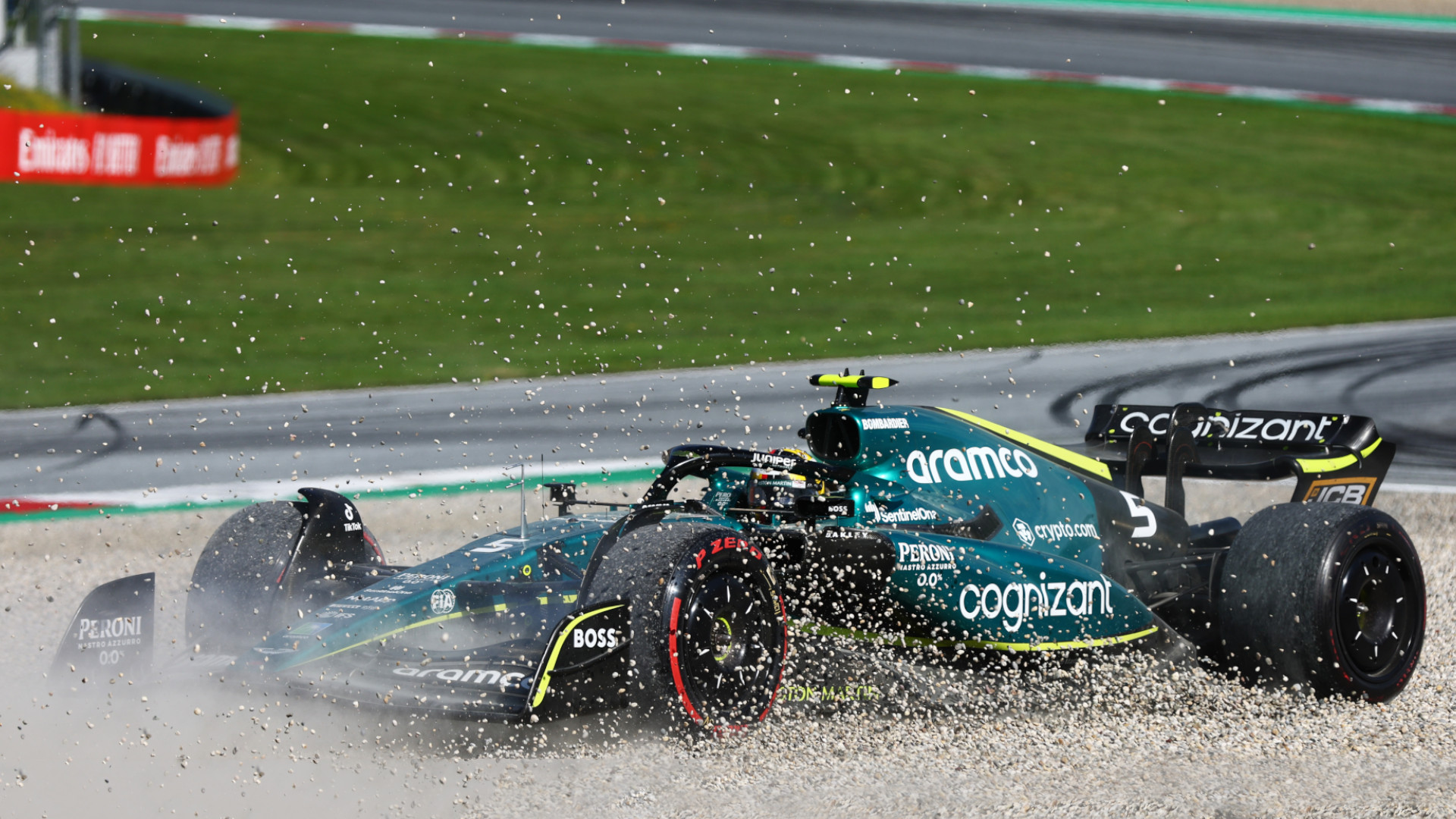

Formula 1 has been tinkering with the established weekend format given its recent surge in popularity. Sprint races have been included in this effort, with the series making tweaks to deliver the best show for the fans. Sadly, much like the sprint races themselves, the latest changes are unlikely to please everybody.
In 2023, the outcome of sprint races will no longer affect the starting order of the main race on Sunday. As explained by Formula 1, instead, the usual qualifying session will determine the starting order of the Grand Prix, as it usually does. The sprint races themselves will be treated in a standalone manner. The winner will receive 8 championship points, scaling down to one point for the eighth-place finisher.
Starting order for the sprint races will be decided by a separate cut-down qualifying session on the Saturday of an event, referred to as the “Sprint Shootout.” It’s a shortened version of traditional qualifying, which will take place instead of FP2 on Sprint weekends. It consists of three sessions, of 12 minutes, 10 minutes, and 8 minutes duration respectively. Drivers will run mediums in SQ1 and SQ2, switching to softs for SQ3.
With sprint races now treated as self-contained, penalties have been tweaked as well. Grid penalties from FP1 or normal qualifying will apply to Sunday’s main race, while those incurred in the Sprint Shootout will apply to the sprint race. Any grid penalties handed out as a result of the Sprint race itself will apply to Sunday’s race, while power unit penalties will only affect Sunday’s race. Any breach of parc ferme conditions will force a driver to start from the pitlane for the main race and sprint race alike.


The changes do have some benefits. With the sprint race no longer affecting the starting order on Sunday, it eliminates the confusion of who can be said to have scored pole position. In recent years, sprint races made the pole winner ambiguous to fans—whether it was the fastest qualifier or the winner of the sprint race. For the record books, the pole was still awarded to the fastest qualifier, even though the sprint winner would be the driver that actually started on pole. Now, that issue is eliminated.
The primary argument in favor of the changes is that self-contained sprints will allow drivers to push hard and battle without fear of ruining their race on Sunday. The sprints have often been criticized for lacking in action, despite occasional flashes of brilliance. At the same time, though, the new format eliminates the chaos factor that sprints used to bring to a Grand Prix. No more will a crazy start or an on-track incident in the sprint completely stir up the field on Sunday.
If you’ve got strong opinions on the sprint race format (and most fans do!), sound off in the comments below. Much of The Drive’s staff will be watching with a critical eye to see if this latest change can endear the sprint formats in the hearts of the F1 community. We can’t wait to find out.
Got a tip? Let the author know: lewin@thedrive.com